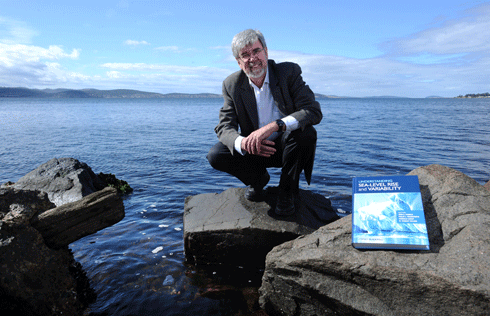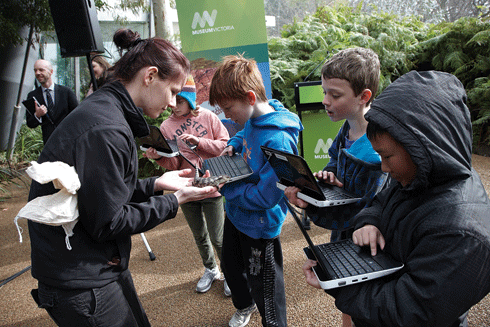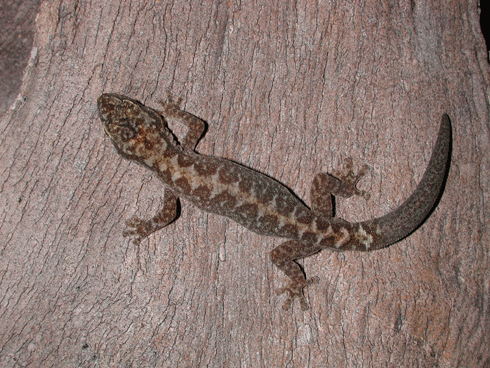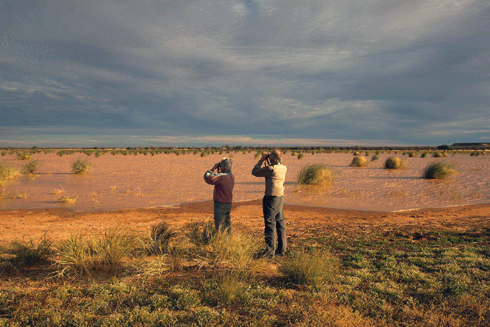
|
Published: 25 October 2010
Climate Change Bulletin: Improved insights into rising sea levels to aid adaptation
The authors of a new climate science book have called for the development of more robust international ocean and ice sheet monitoring and modelling programs designed to help community adaptation planning keep pace with the threat of rising sea levels.

|
|
CSIRO’s Dr John Church is lead author of the authoritative new book Understanding Sea-level Rise and Variability. Credit: CSIRO
|
‘The good news is that a recent concentration of science resources is improving our insight into ocean and ice dynamics, and scientific measurement of the rate of sea-level rise,’ says the book’s lead editor, CSIRO Fellow and oceanographer Dr John Church.‘The way the world responds to climate change will become increasingly reliant on a sophisticated integrated atmosphere, ocean and ice observing network generating data on future climates, and from which global and regional sea-level rise can be projected.‘The key question is where and how sea-level rise and associated extreme events will have their impact,’ Dr Church says.
The 420-page book, Understanding Sea-level Rise and Variability, is the work of more than 90 scientists from 13 nations led by Dr Church, Dr Philip Woodworth from the Proudman Oceanographic Laboratory UK, Dr Thorkild Aarup from the Intergovernmental Oceanographic Commission (IOC), and Dr Stan Wilson from the US National Oceanic and Atmospheric Administration.
It provides a comprehensive overview of current knowledge on the science of sea-level rise, identifies the major impacts, assesses past sea-level change and the factors contributing to sea-level rise, and assesses how extreme events at the coast will change.
The intended audience includes climate scientists, university lecturers, governments engaged in planning and policy decisions, coastal resource managers, port authorities and emergency and transport service providers.
Dr Church says coastal development has accelerated over the past 50 years. Many of the world’s megacities are situated on the coast, and new infrastructure worth billions of dollars is being constructed. These developments assume that the stable sea levels of the past several millennia will continue. This assumption is no longer true.
‘Populations in low-lying islands and deltaic regions are particularly at risk,’ he says.
‘Our knowledge has improved significantly since satellites were launched to observe the ocean and the ice sheets, and robots deployed to explore the oceans. However, there are critical gaps in observations of the deep ocean, glaciers and ice sheets.
‘Paralleling this, the development of computer simulations projecting ocean and ice sheet dynamics will be the tools that science needs, governments will rely on and coastal communities from the Pacific islands to the river deltas of Asia will be demanding.
‘We cannot ignore sea-level change, because it has the potential to change forever the crowded coastal fringes of our continents,’ Dr Church says.
The book was initiated by the World Climate Research Programme and IOC shortly after Hurricane Katrina in 2005, but before cyclones Sidr and Nargis in 2007 and 2008. All three claimed many thousands of lives.
|
The 2009 State of the Climate report released in July draws on data for 10 key climate indicators that all point to the same finding: the scientific evidence that the world is warming is unmistakable. |
More than 300 scientists from 160 research groups in 48 countries, including the Bureau of Meteorology and the Department of Climate Change Energy and the Environment, contributed to the report, which confirms that the past decade was the warmest on record, and that the Earth has been growing warmer over the last 50 years. |
The report defines 10 measurable planet-wide features used to gauge global temperature changes. Seven indicators are rising: air temperature over land, sea surface temperature, air temperature over oceans, sea level, ocean heat, humidity and tropospheric temperature in the ‘active-weather’ layer of the atmosphere closest to the Earth’s surface. Three indicators are declining: Arctic sea ice, glaciers and spring snow cover in the Northern hemisphere. |
More information |





